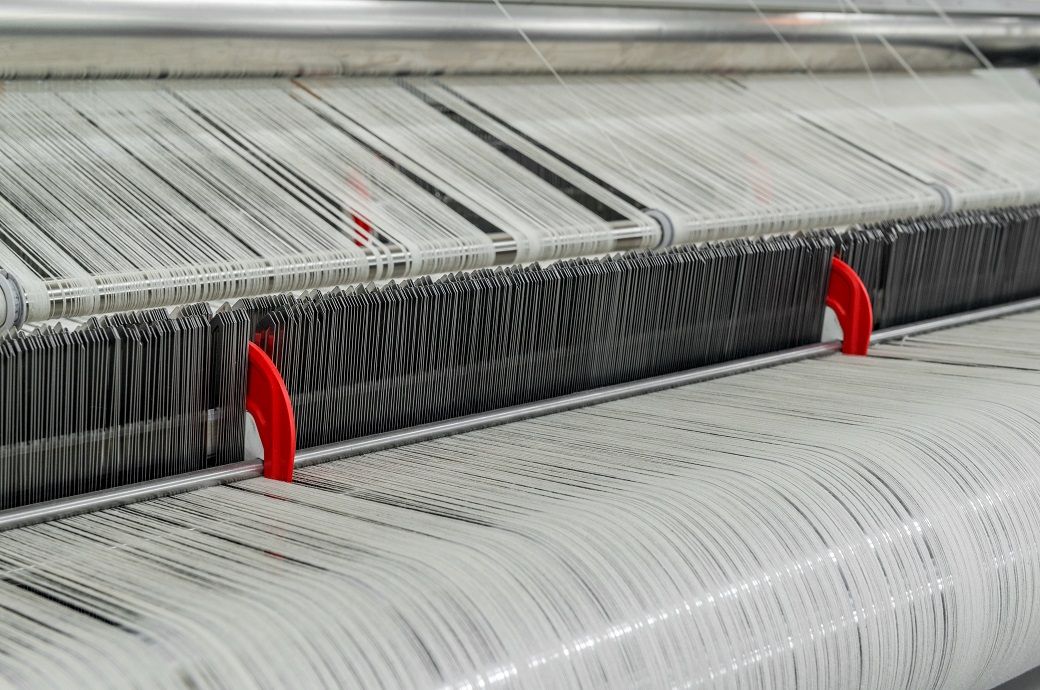
China’s manufacturing sector lost momentum in April as the pace of expansion slowed to its weakest since January, weighed down by declining export orders and ongoing tariff-related disruptions.
China’s manufacturing growth slowed in April, with the PMI falling to 50.4 amid weaker export demand and tariff-related disruptions.
New export orders declined, output eased, and firms resumed job cuts.
Despite slower input price deflation, manufacturers continued cutting selling prices, marking a fifth straight month of falling output charges.
The Caixin Purchasing Managers’ Index (PMI) fell to 50.4 in April from 51.2 in March, though it remained above the neutral 50.0 threshold for the seventh consecutive month, signalling continued albeit modest growth.
New export orders recorded their first decline in three months, often linked to the adverse effects of increased US tariffs. This drag on external demand led to a more subdued rise in total new orders—marking the slowest pace of growth in seven months.
In response, output growth eased, supported largely by firms fulfilling backlogged orders, which in turn declined for the first time since September last year, according to a release from S&P Global Ratings.
With demand softening, manufacturers resumed job shedding and scaled back both input purchases and inventory levels. Business sentiment weakened, reaching its third-lowest level since data collection began in April 2012, driven by heightened concerns over trade uncertainty.
Despite a slight lengthening in supplier delivery times due to supply-side constraints, subdued demand kept input costs under pressure. Although the rate of input price deflation eased, Chinese manufacturers continued to pass on cost savings to customers, leading to a fifth straight monthly drop in output charges. Export prices also fell for a third consecutive month.
“As the market outlook is overshadowed, both business and consumer confidence are subdued, making it harder to boost domestic demand. The ripple effects of the ongoing China-US tariff standoff will gradually be felt in the second and third quarters. As such, policymakers should be wellprepared, with action taken sooner rather than later,” Dr Wang Zhe, senior economist at Caixin Insight Group, said, commenting on the China General Manufacturing PMI data.
Fibre2Fashion News Desk (HU)





